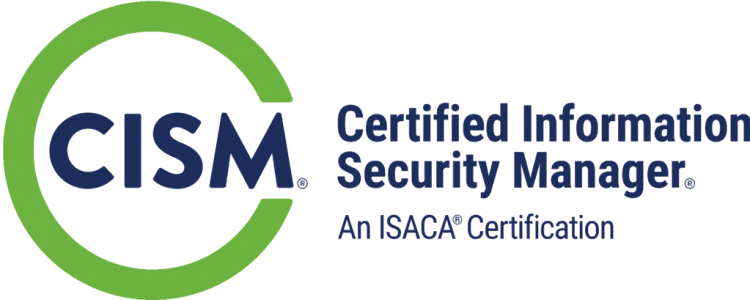Course Overview:
The Certified Information Security Manager (CISM) certification program is developed specifically for experienced information security managers & those who have information security management responsibilities. The CISM certification is for the individual who manages, designs, oversees and/or assesses an enterprise’s information security (IS). The CISM certification promotes international practices & provides executive management with assurance that those earning the designation have the required experience & knowledge to provide effective security management & consulting services. Individuals earning the CISM certification become part of an elite peer network, attaining a one-of-a-kind credential. The CISM job practice also defines a global job description for the information security manager & a method to measure existing staff or compare prospective new hires.
This course is designed to assist in your exam preparation for the CISM exam.
Attendees to TN-825: Certified Information Security Manager (CISM) Seminar will receive TechNow approved course materials and expert instruction.
Dates/Locations:
| Date/Time | Event |
|---|---|
|
11/17/2025 - 11/21/2025 08:00 -16:00 |
TN-825: Certified Information Security Manager (CISM) Seminar TechNow, Inc, San Antonio TX |
Duration: 5 Days
Course Objectives:
- Information Security Governance (24%)
- Establish and/or maintain an information security governance framework and supporting processes to ensure that the information security strategy is aligned with organizational goals and objectives
- Information Risk Management (30%)
- Manage information risk to an acceptable level based on risk appetite to meet organizational goals and objectives
- Information Security Program Development and Management (27%)
- Develop and maintain an information security program that identifies, manages and protects the organization’s assets while aligning to information security strategy and business goals, thereby supporting an effective security posture
- Information Security Incident Management (19%)
- Plan, establish and manage the capability to detect, investigate, respond to and recover from information security incidents to minimize business impact
Prerequisites:
A minimum of five years of information security work experience, with a minimum of three years of information security management work experience in three or more of the job practice analysis areas.
Comments
Latest comments from students
User: tracycampbell
Instructor comments: Dave had great command of the class and the flow of information. The lessons seem relevant to the exam and the course material should assist greatly with passing. As a bonus, his breakdown of PKI helped with my current job requirements.
Facilities comments: The Home2Suites by Hilton was FANTASTIC!
Liked the class? Then let everyone know!
